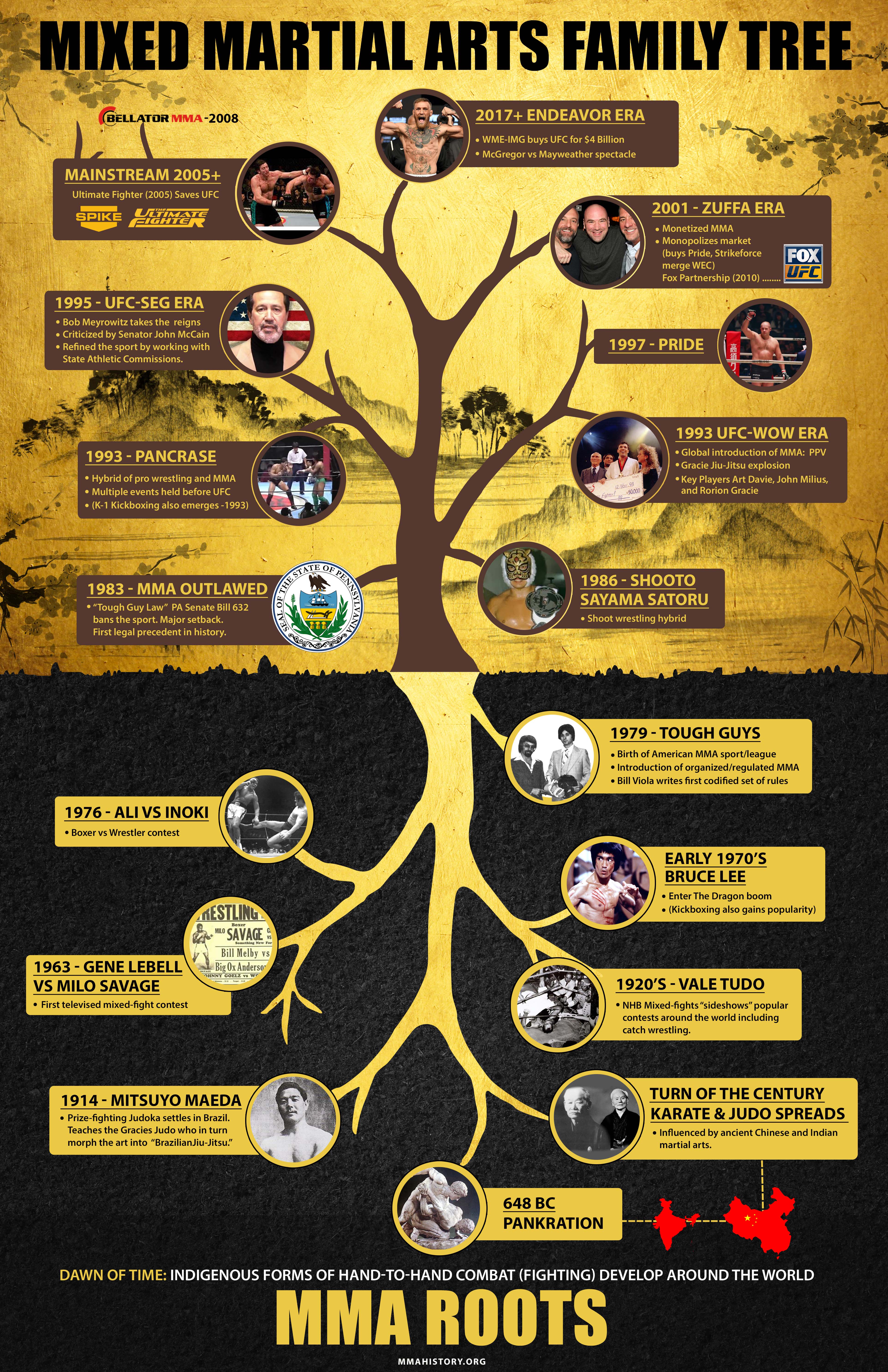Demystifying The Various Martial Arts Designs: From Karate To Taekwondo
Demystifying The Various Martial Arts Designs: From Karate To Taekwondo
Blog Article
Author-Aldridge Joseph
Are you tired of sensation bewildered by the huge world of martial arts? With numerous designs to choose from, it can be very easy to get shed in a sea of punches, kicks, and strange names. However martial arts and autism not!
https://martial-arts-instructor-s77532.blogproducer.com/40169622/discover-the-tricks-behind-martial-arts-taekwondo-and-a-lot-more-unveil-the-surprise-world-of-fighting-styles-styles-in-this-utmost-guide will demystify the various martial arts styles, taking you on a trip from the effective strikes of Karate to the dynamic kicks of Taekwondo. Prepare yourself to uncover the beginnings, techniques, and approaches behind these old art kinds.
So, tighten your belt and prepare to start an informing expedition right into the fascinating world of martial arts.
Origins of Martial Arts Styles
The origins of martial arts styles can be traced back to ancient people and their demand for protection and fight strategies. Throughout background, different societies established their very own special methods of fighting, each with its own collection of techniques and viewpoints.
In China, as an example, martial arts designs such as Martial art and Tai Chi were developed as a way of protection and improving physical and psychological well-being.
In Japan, the samurai warriors produced styles like Karate and Judo, concentrating on discipline, precision, and mastery of the body.
In a similar way, in Korea, Taekwondo became a martial art emphasizing high kicks, rapid activities, and mental determination.
These very early people laid the foundation for the diverse array of fighting styles designs that exist today, each with its very own rich background and cultural importance.
Techniques and Training Approaches
To grasp martial arts styles, professionals should learn different strategies and training methods.
Methods are the specific motions and activities made use of in battle, such as strikes, kicks, throws, and obstructs. Different fighting styles styles have their own distinct collection of techniques that experts have to grasp through rigorous training.
Training approaches vary depending upon the style, yet they normally include a mix of physical fitness, drills, competing, and kinds.
Physical conditioning is important to construct stamina, flexibility, and endurance. Drills help experts improve their strategies and improve their speed and accuracy.
Competing allows experts to exercise their techniques in a managed, practical atmosphere. Types, likewise referred to as kata, are cut-and-dried sequences of activities that assist professionals create muscle mass memory and focus.
Philosophies and Principles
Exploring the ideologies and concepts of martial arts styles can offer you with a much deeper understanding of your selected technique. Each martial art has its own distinct ideology and set of leading principles that form the method it's practiced.
For instance, Martial arts stresses discipline, regard, and self-constraint. It educates specialists to focus their minds and bodies, allowing them to defend themselves while preserving a sense of internal tranquility.
On mouse click the following webpage , Taekwondo places a solid emphasis on speed, dexterity, and adaptability. Its concepts are rooted in the tenets of courtesy, honesty, determination, self-constraint, and indomitable spirit.
Verdict
Since you've explored the beginnings, strategies, and approaches of numerous fighting styles styles, you have a much deeper understanding of these ancient techniques.
Visualize a young karate student, practicing with steady decision and focus, appearing boards with a powerful strike.
Their trip showcases the dedication and strength required to understand a martial art, advising us that with discipline and willpower, anything is possible.
